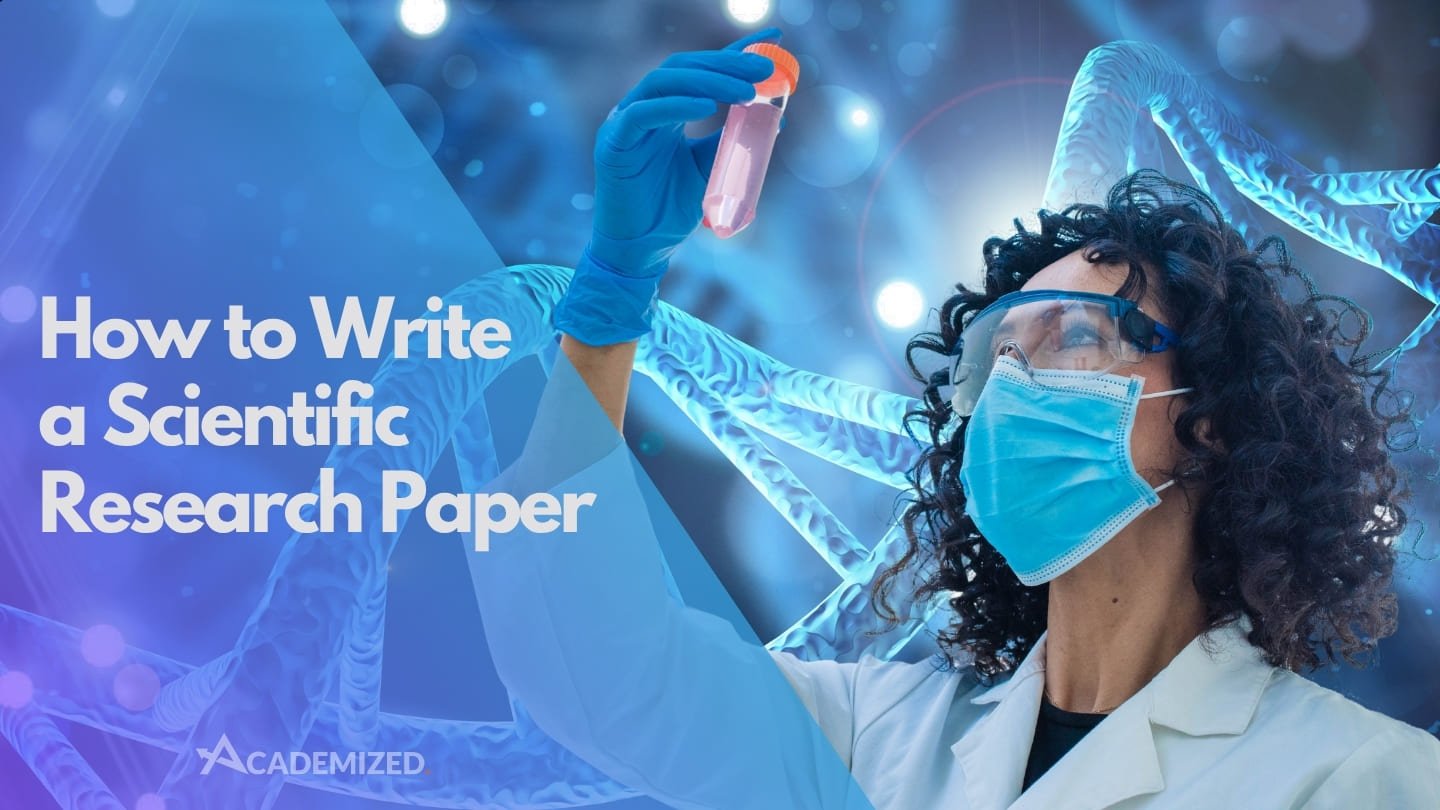- Blog
- What Is Early Childhood Development? A Guide to the Science
What Is Early Childhood Development? A Guide to the Science
Healthy development during the early years, particularly from birth to age three, lays the foundation for future success in education, career, health, community involvement, and even parenting. What can we do in these critical years to help children grow into healthy, successful individuals? To support parents, caregivers, practitioners, and policymakers in understanding the importance of early childhood development, the Center on the Developing Child has created this guide. It offers valuable insights into how to help children and families thrive during this essential period.
Step 1: Why Is Early Childhood Important?
This section introduces you to the science that connects early experiences from birth (and even before birth) to future learning capacity, behaviors, and physical and mental health.
Brain Hero
In 2009, the Center on the Developing Child partnered with the Interactive Media Division at the University of Southern California’s (USC) School of Cinematic Arts to explore new ways of sharing the science of early childhood development through interactive media. The result of this collaboration is the “Brain Hero” video, which shows how the actions of various individuals, from family members to community figures, can influence a child’s development. This 3-minute video combines interactive game elements with a traditional video format, taking inspiration from games like “Guitar Hero,” “SimCity,” and “The Game of Life.” It demonstrates how the decisions of parents, teachers, and policymakers can shape both a child’s future and the well-being of the community.
InBrief: The Science of Early Childhood Development
The brain develops gradually, starting from the most basic structure and building up over time.
This process begins before birth and continues into adulthood. Early experiences play a crucial role in shaping the brain’s architecture, either strengthening or weakening the foundation for future learning, health, and behavior. In the first few years of life, the brain forms over 1 million new neural connections every second. After this rapid growth phase, the brain goes through a process called pruning, where less necessary connections are removed, making brain circuits more efficient. Basic sensory pathways like vision and hearing develop first, followed by language skills and higher cognitive functions. The brain forms and refines connections in a specific order, with more complex circuits built on simpler ones.
The developing brain is shaped by the interaction of genes and experiences.
One key factor in this process is the “serve and return” relationship between children and their caregivers. Children naturally seek interaction through babbling, facial expressions, and gestures, and adults respond in kind. If these responses are absent, inconsistent, or inappropriate, it can disrupt brain development, potentially leading to learning and behavioral challenges.
The brain's ability to change decreases as we age.
In early life, the brain is highly adaptable, or "plastic," to adjust to different environments and experiences. However, as the brain matures and takes on more specialized functions, it becomes less able to reorganize in response to new challenges. For example, by age one, the brain starts specializing in recognizing sounds from the language it has been exposed to, losing the ability to recognize sounds from other languages. While the potential for learning remains, altering these brain circuits becomes harder over time. Early brain plasticity makes it easier and more effective to influence a young child's developing brain than to change its wiring in adulthood.
Cognitive, emotional, and social skills are closely connected throughout life.
The brain functions as an integrated system, with various capabilities working together in harmony. Emotional health and social skills lay the groundwork for developing cognitive abilities, and together, they form the foundation of human growth. The early development of emotional, physical, social, and cognitive skills is essential for success in school, work, and later in life.
Chronic stress during early childhood, such as that caused by severe poverty, ongoing abuse, or major maternal depression, can harm the developing brain.
Scientists have found that while some stress is necessary for healthy development, toxic stress – ongoing, intense stress without relief – can negatively affect brain development. Without adult support to help manage this stress, the body’s stress response system stays activated, permanently impacting the brain’s structure and leading to long-term issues in learning, behavior, and overall health.
Policy implications
- Neuroscience shows that early prevention is much more effective and leads to better outcomes than trying to fix problems later in life. A well-rounded approach to emotional, social, cognitive, and language development will set children up for success in school and beyond.
- Supportive relationships and positive learning experiences should start at home, but they can also be provided through a variety of effective services. Babies need stable, caring, and interactive relationships with adults to develop their brains healthily. Any supportive environment will benefit their growth.
- Science also highlights the importance of early intervention when toxic stress is present. For children facing such stress, timely and specialized interventions are essential to addressing the root cause of the stress and protecting the child from its negative effects.
Step 2: How Does Early Child Development Occur?
Now that you understand the significance of early childhood development (ECD), this section explores the science behind it. It covers how early experiences and relationships help form the brain’s structure and how exposure to toxic stress can harm the developing brain, weakening its foundation for future growth.
Three Core Concepts in Early Development
Healthy development during the early years lays the foundation for success in education, the economy, citizenship, lifelong health, strong communities, and effective parenting for future generations. This three-part video series from the Center and the National Scientific Council on the Developing Child explores how recent breakthroughs in neuroscience, molecular biology, and genomics have significantly improved our understanding of how early experiences shape our bodies and brains, for better or for worse.
How experiences shape brain development
The brain's basic structure is formed early in life and continues to develop into adulthood. Initially, simpler circuits are formed, and more complex circuits build upon these as the brain matures. While genes provide the foundational blueprint, experiences determine whether or how these genes are expressed. Together, they shape the quality of brain architecture, creating a strong or fragile foundation for future learning, health, and behavior. Brain plasticity, or the ability of the brain to reorganize and adapt, is most prominent in the early years and decreases as we age.
Serve and return interaction and brain development
A critical factor in shaping the brain’s development is the "serve and return" interaction between children and the important adults in their lives. As children naturally seek interaction through babbling, facial expressions, and gestures, adults respond in kind, reinforcing these connections. This back-and-forth exchange is vital for wiring the brain, especially during the early years of life.
Toxic stress can hinder healthy growth
While moderate, short-term stress can be beneficial for growth, toxic stress can be harmful. Toxic stress arises from prolonged and intense activation of the body's stress response, particularly when protective adult support is absent. Extreme conditions like poverty, neglect, abuse, or severe maternal depression can create unrelenting stress that damages the brain's development. Without caring adults to buffer these stresses, the brain’s architecture can be weakened, leading to long-term challenges in learning, behavior, and both physical and mental health.
8 Things to Remember about Child Development
A child's development is deeply influenced by both genetic and environmental factors, and it is crucial to recognize how early experiences shape future outcomes. Adverse situations, like stress in family environments, can cause long-lasting changes in the brain, affecting not only learning and behavior but also physical and mental health.
- Impact of Stress on Early Development: Stress in early childhood, especially when family or caregiving environments are unstable, can disrupt the brain's development and lead to lifelong consequences. Such disruptions can increase the likelihood of cognitive impairments, behavior problems, and health issues later in life.
- The Role of Genetics and Environment in Development: Development is an interactive process where both genetic factors and environmental influences play critical roles. While genes provide the foundation for various capabilities, the experiences one encounters early in life can significantly modify how those genes are expressed, influencing cognitive, emotional, and social skills.
- The Value of Multiple Caregivers: While the relationship with parents is primary, young children benefit greatly from the care of other responsive adults, whether within or outside the family. Positive interactions with various caregivers can enhance emotional and social development. However, disruptions in care, such as high staff turnover in early childhood settings, can undermine the development of secure attachments.
- Window of Opportunity for Brain Development: A child's brain architecture is largely shaped in the first few years, but this developmental window doesn’t close by age three. While early experiences are vital for some basic functions, higher cognitive and emotional skills continue to develop well into adolescence and adulthood, making it important to support development at all stages.
- The Effects of Neglect: Neglect can be as damaging, if not more so, than physical abuse. Children who suffer from long-term neglect often experience severe cognitive and behavioral issues, such as attention problems, language deficits, and social difficulties, as they grow older. The absence of responsive relationships during early childhood can harm brain development more than physical trauma.
- Not All Children Exposed to Violence Are Destined for Poor Outcomes: Although children exposed to adversity or violence are at higher risk for developmental issues, this does not mean they are doomed to fail. With the support of nurturing relationships and appropriate interventions, these children can significantly improve their outcomes.
- The Need for Therapeutic Support After Trauma: While removing children from harmful environments is crucial, this alone doesn’t undo the damage caused by trauma. Children who have been exposed to neglect or violence need to be placed in safe, stable environments where they can heal. Therapeutic interventions are often required to help them recover and regain a sense of security.
- Resilience Through Relationships: Resilience is built through supportive relationships, not by relying on individual strength alone. Children thrive in the face of adversity when they have access to caring, stable relationships and opportunities to develop effective coping strategies. These relationships are essential for fostering resilience and enabling children to overcome challenges.
InBrief: The Science of Resilience
When children face significant adversity, such as hardship or stress, their ability to thrive can be affected. However, some children display remarkable resilience – an ability to adapt positively despite challenges. This phenomenon can occur under various circumstances, and understanding how resilience develops is important for helping more children reach their full potential.
1. Importance of Supportive Relationships
A major factor in fostering resilience in children is the presence of stable, supportive relationships. These relationships – whether with parents, caregivers, or adults in the community – play a key role in helping children cope with stress and adversity. When children have adults who provide care and stability, they are more likely to develop essential skills like planning, self-regulation, and adaptability, which are vital for overcoming challenges. This support, combined with positive experiences, can tilt a child’s development toward positive outcomes, even when significant adversity is present.
2. The Role of Biology and Environment
Resilience arises from a combination of internal traits and external influences. Children who thrive in the face of adversity typically exhibit both a natural resilience to stress and strong, supportive relationships with the important adults in their lives. It is the interaction between these biological predispositions and supportive environments that builds the capacity to overcome adversity. Therefore, a combination of personal traits and external factors is crucial for positive outcomes, especially when a child faces prolonged stress.
3. Coping with Manageable Stress
Not all stress is harmful. In fact, manageable stressors, when buffered by supportive relationships, can actually help children grow stronger and more capable of handling challenges. Over time, children’s brains and bodies learn to cope with everyday stress, which prepares them for life’s obstacles. However, when stress becomes overwhelming, and there are no strong, supportive relationships to help, it can become toxic and lead to negative developmental outcomes.
4. Sensitivity to Adversity
Some children are more sensitive to their environment, responding more intensely to both positive and negative experiences. These children may show heightened vulnerability in stressful situations but can also experience remarkable improvements when placed in warm, supportive environments. Programs that offer responsive, caring relationships to children dealing with hardship have been known to cause dramatic turnarounds in even the most vulnerable children.
5. Building Resilience at Any Age
While resilience is shaped most intensely in early childhood, it can be developed at any age. The brain’s adaptability remains throughout life, and individuals often learn to adapt to new challenges as they arise. Early experiences matter significantly, but it is never too late to build or enhance resilience. As people accumulate experiences, they continue to develop adaptive coping skills that enable them to deal with adversity in the future.
6. Policy and Practice Implications
To strengthen resilience, age-appropriate activities should be implemented that benefit both children and adults. Programs aimed at building physical fitness, stress-reduction techniques, and skills such as self-regulation can improve a person’s ability to handle adversity. For children, these skills can be modeled by adults, fostering resilience in the next generation.
Furthermore, preventive measures can reduce the impact of adversity. While extreme hardships like war or environmental devastation require special interventions, more common challenges – such as poverty, mental illness, substance abuse, or discrimination – are preventable and can be managed through integrated policies and programs. For example, programs that teach new parents how to engage positively with their children can work alongside efforts to address substance abuse or mental health issues, helping to reduce stress and build resilience.
Step 3: How Can We Support Child Development?
Recognizing the vital role early experiences and relationships play in lifelong development is the first step in supporting children and families. The next step is to put that knowledge into practice through effective policies and strategies. This section outlines practical ways that professionals and policymakers can enhance early childhood development (ECD) and improve outcomes for children and families.
Three Principles to Improve Outcomes for Children and Families
Early childhood development plays a critical role in shaping an individual's future, including educational success, economic productivity, and lifelong health. Research shows that early experiences have a lasting impact, and the knowledge surrounding early development offers significant potential to address societal challenges, such as educational disparities and health issues.
Understanding how experiences during infancy, toddlerhood, and pregnancy can influence lifelong outcomes allows policymakers, service providers, and community leaders to design effective solutions. By focusing on the core capabilities that adults need to thrive as parents and in the workforce, an effective strategy can be built to enhance both child and family outcomes.
Scientific research highlights the importance of three main principles that can improve outcomes for children and families. These principles offer actionable steps for policymakers and practitioners to follow to create lasting improvements:
- Fostering Responsive Relationships: Encouraging supportive interactions between children and adults is vital for healthy brain development and can help mitigate the negative effects of stressful experiences.
- Strengthening Core Skills: Building executive function and self-regulation skills in both children and adults can increase success in school, work, and relationships.
- Reducing Stress: Minimizing sources of stress in children’s lives can enhance their capacity for learning and resilience, leading to better life outcomes.
The Science Behind Early Development
Studies show that children's early experiences – along with their environments – have a profound effect on brain architecture and overall health. These experiences influence whether and how the genetic instructions in a child’s body are expressed across various biological systems, which will impact learning, behavior, and mental and physical health throughout life.
A key factor in shaping development is the quality of interpersonal relationships children experience. These relationships help to "program" the brain, shaping the way children respond to future challenges. Positive, supportive relationships with caregivers can provide protection against the harmful effects of stress, while toxic stress from extreme adversity can have lasting consequences for brain development.
While manageable stress is an important part of growing up, excessive stress without adequate adult support can have long-term negative effects. Adverse experiences such as poverty, neglect, and abuse can leave a lasting impact on a child’s brain, affecting learning and behavior well into adulthood.
The Role of Stress in Development
When children experience chronic stress, it can overload their stress response systems, leading to harmful physiological and behavioral disruptions. On the other hand, when children face challenges with the support of a caring adult, they develop coping mechanisms and a healthier stress response system.
Chronic adversity during childhood can make the body’s systems more sensitive to stress later in life, leading to issues in physical health, emotional well-being, and overall success in education and employment. Adults who have faced repeated adversity may also struggle to provide the stability and support that their children need.
The Importance of Policies and Services
To support healthy development, policies must promote environments that strengthen relationships and reduce sources of stress. The creation of supportive services for families, such as affordable healthcare and housing, is crucial to alleviating the burden of stress on parents and children. Moreover, addressing structural inequities – such as unequal access to education, healthcare, and economic opportunities – can reduce the challenges families face.
Additionally, implementing policies that support responsive caregiving, especially in the early years, will help create the foundation necessary for children to thrive. Support for parents and caregivers is also essential in providing the stability and care children need to reach their full potential.
Applying the Principles
Policies and practices that follow the science of early development can be transformative. By ensuring access to early childhood education, healthcare, and other services, society can help build stronger, more resilient communities. For example, policies that prioritize stable and responsive relationships between children and caregivers can have a lasting positive effect on both physical and emotional development.
Efforts to reduce stress within families, such as eliminating food insecurity or improving access to mental health resources, will have a lasting impact on child well-being. At the same time, policies aimed at reducing systemic barriers – like racial or economic inequality – are critical for creating an environment where families can thrive.


 Mary Watson
Mary Watson

